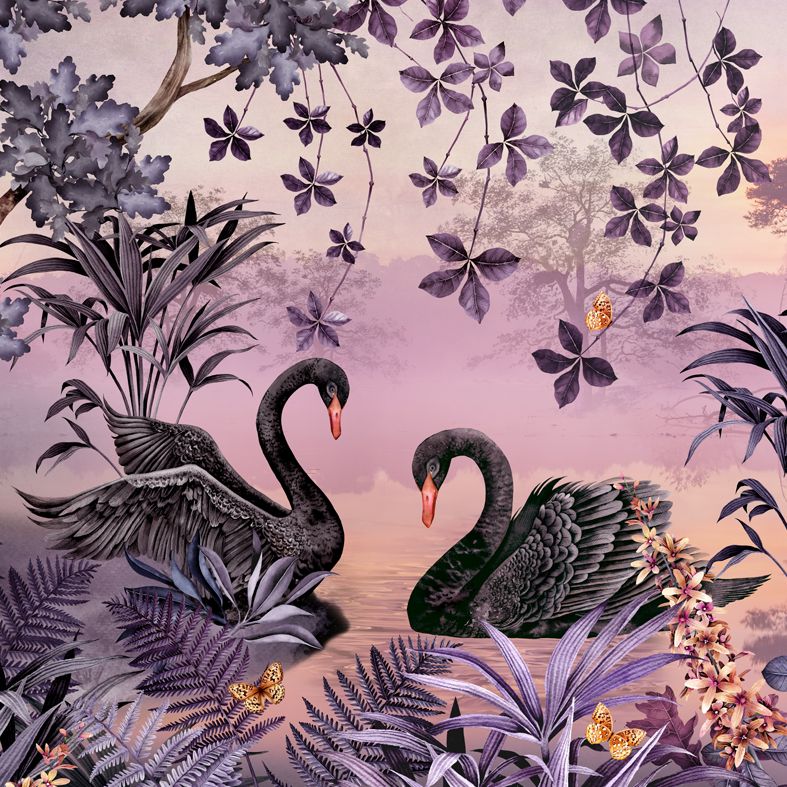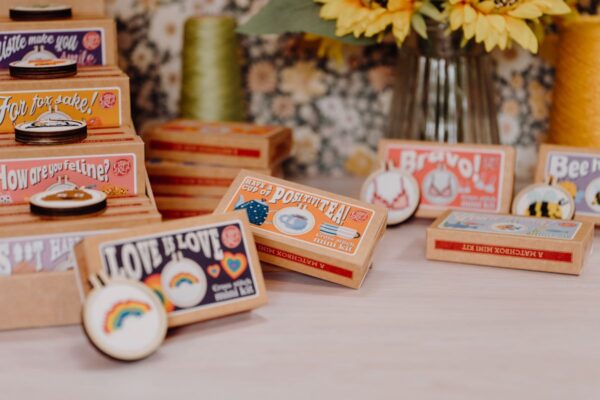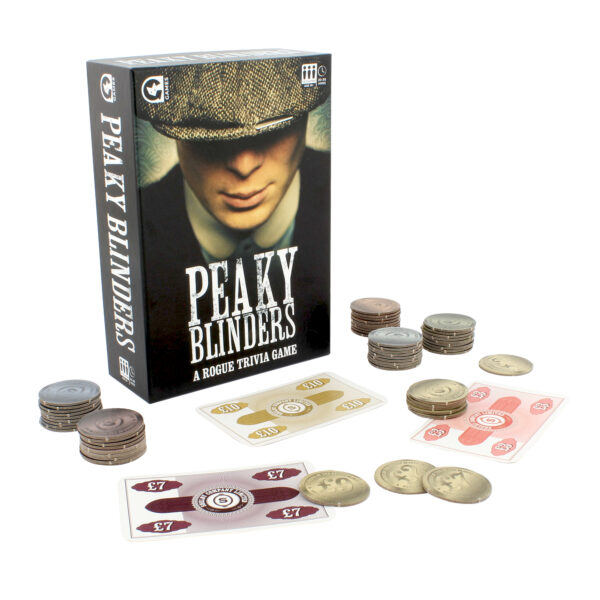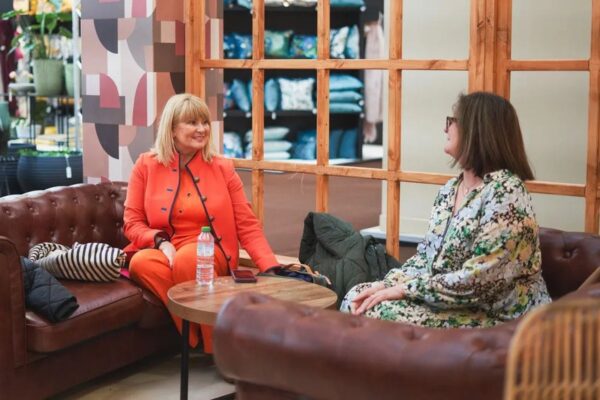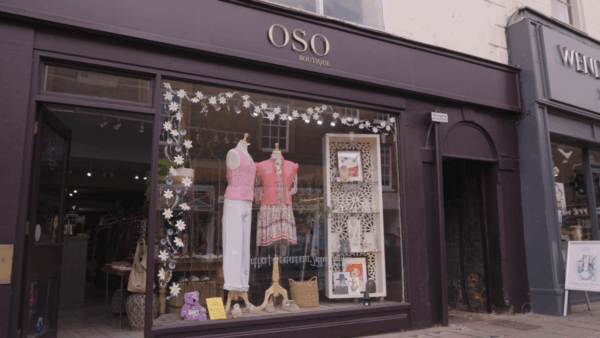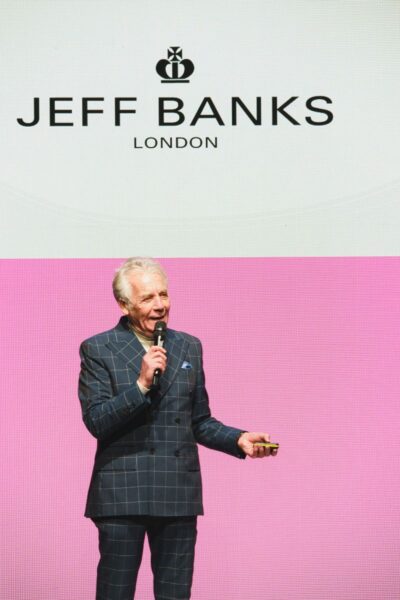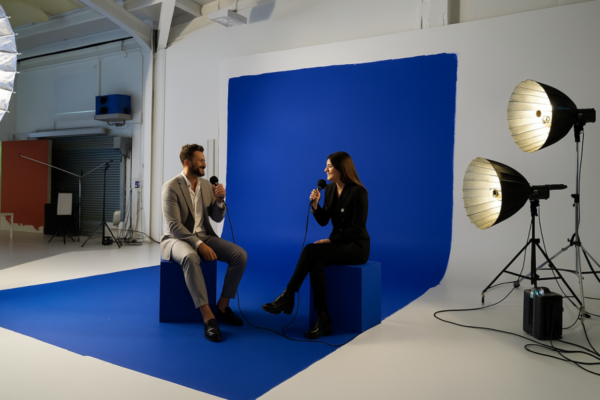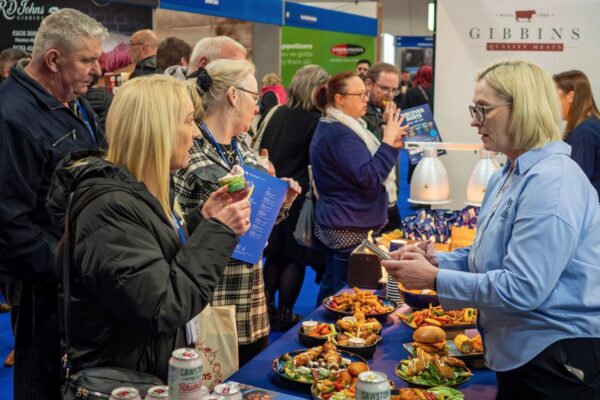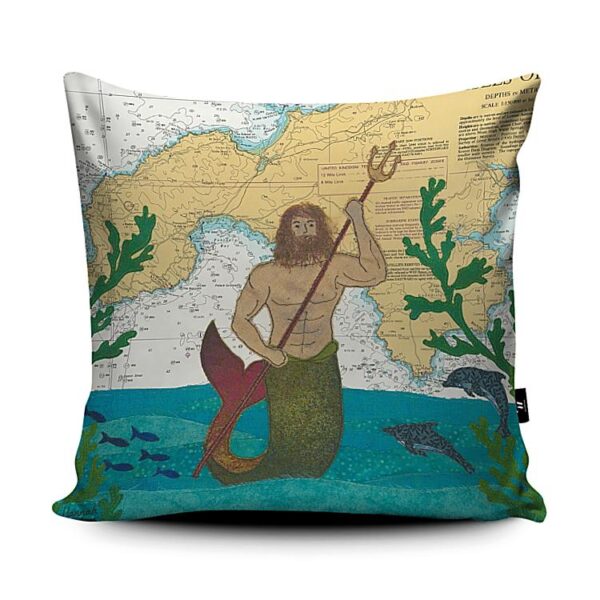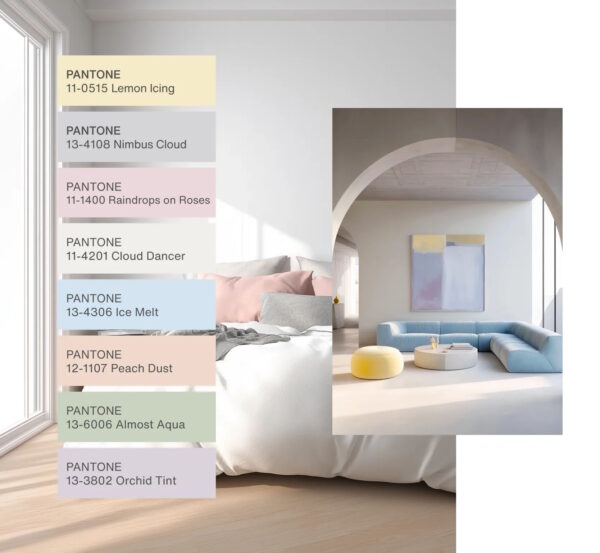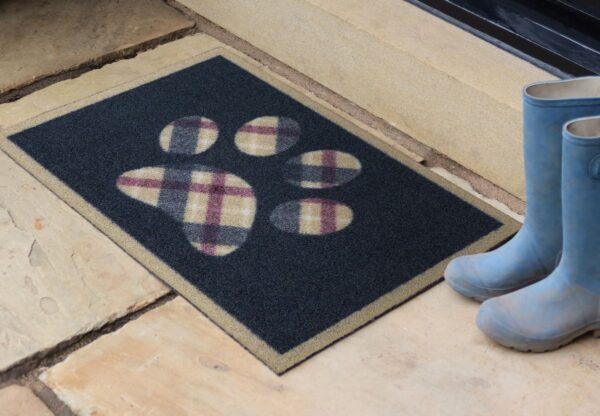 Retail bellwether John Lewis has produced an illuminating report into how we shopped and lived in 2016, which has been a remarkable year politically, culturally and economically.
Retail bellwether John Lewis has produced an illuminating report into how we shopped and lived in 2016, which has been a remarkable year politically, culturally and economically.
The buying habits of John Lewis customers tell a fascinating tale of how British people responded to the political, cultural and economic shake-ups of the last twelve months.
 In part one of our feature on the John Lewis findings we saw that an emboldened nation fled away from “beige” and towards much bolder choices in homeware and fashion, possibly inspired by the passing of creative icons David Bowie and Prince.
In part one of our feature on the John Lewis findings we saw that an emboldened nation fled away from “beige” and towards much bolder choices in homeware and fashion, possibly inspired by the passing of creative icons David Bowie and Prince.
In part two we looked at the increasing importance of special occasions to the buying public, with Easter in particular seeing a meteoric rise. Part three looks at what we bought from John Lewis, when we bought it and why over the past year, and the lesson is that what we see on the box determines what comes out of our pockets:
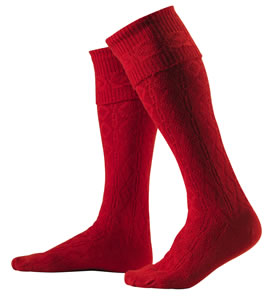 September 2015: Jeremy Corbyn had a surprise impact on retail with an 11 per cent rise in sales of red socks.
September 2015: Jeremy Corbyn had a surprise impact on retail with an 11 per cent rise in sales of red socks.
October 2015: Bond was most definitely back, as the Kin suit worn by vlogger Jim Chapman to the Spectre premier increased sales by 80 per cent the following week.
November 2015: The biggest ever black Friday saw a 93 per cent increase in tech sales and technological developments continue to impact retail as we head towards 2017.
 December 2015: BB8 droids were John Lewis’s most popular Christmas tech toy following the launch of Star Wars The Force Awakens
December 2015: BB8 droids were John Lewis’s most popular Christmas tech toy following the launch of Star Wars The Force Awakens
January 2016: Prince George started pre-school amidst a media frenzy and sales of quilted, hooded navy jackets that were similar to the one he wore on his first day soared by a whopping 447%.
 February 2016: Valentine’s Day boosted lingerie sales at the British department store, with a 46% rise for red bras and 190 per cent growth for black lace chemises.
February 2016: Valentine’s Day boosted lingerie sales at the British department store, with a 46% rise for red bras and 190 per cent growth for black lace chemises.
March 2016: Season 4 of House of Cards saw a 52 per cent rise in searches for Water Rowers of the kind used by Frank Underwood, while the snow suit worn by Princess Charlotte stimulated a sales uplift of the same by 420%
April 2016: The death of Prince brought snow in April and sales of sunglasses fell 31 per cent, offset by a 200 per cent upswing in faux fur throws and a 300 per cent rise in glove sales.
May 2016: Peaky Blinders triggered a 27 per cent rise in sales of flat caps by episode 1, rising to 83 per cent following episode 2. A sharp upturn in our weather fortunes sent garden furniture sales soaring by 130 per cent, barbecues by 60 per cent and men’s swimming shorts by 81 per cent.
 June 2016: Gin sales were up by 103 per cent as Britain got ready to leave the EU, while the Queen’s 90th birthday brought a 42 per cent rise in items from the Royal Collection.
June 2016: Gin sales were up by 103 per cent as Britain got ready to leave the EU, while the Queen’s 90th birthday brought a 42 per cent rise in items from the Royal Collection.
July 2016: The nation’s app-addicts went out searching of Pokemon and sales of mobile phone chargers soared 200 per cent. Kaftan sales wafted up by 80 per cent in honour of Absolutely Fabulous the Movie.
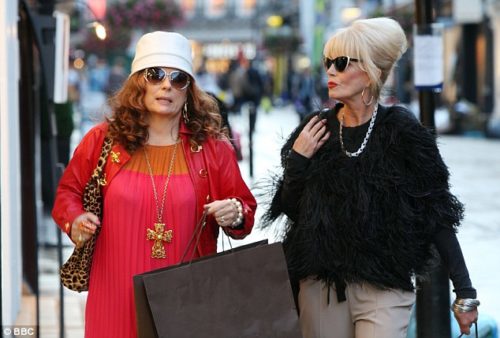 August 2016: Brits staying up late to watch the Olympics generated a 20 per cent spike in late night web traffic.
August 2016: Brits staying up late to watch the Olympics generated a 20 per cent spike in late night web traffic.
September 2016: Bridget Jones’s Baby brought a boom in Big Pants and Spanx shapewear sales rose 71%.
Obviously these statistics are primarily relevant to John Lewis, but events at the bellwether retailer give a strong indication of how the buying habits of certain portions of the British public are being determined.
We don’t have to look far to see other instances where television programnes and movie sales have generated retailing frenzies, with The Great British Bake Off spearheading a kitchenware merchandising boom and children’s character licensing dominating the toy trade.
 With living room virtual reality just around the corner, the next wave of consumer heroes might well be from the realm of artificial intelligence!
With living room virtual reality just around the corner, the next wave of consumer heroes might well be from the realm of artificial intelligence!


